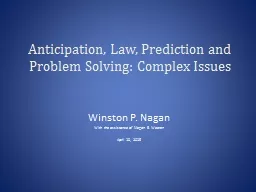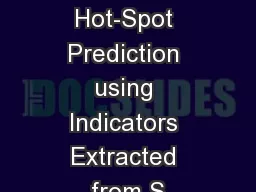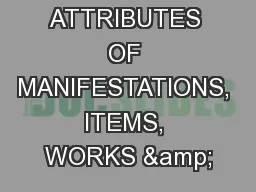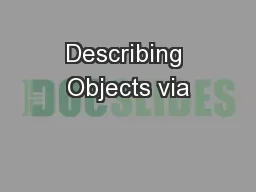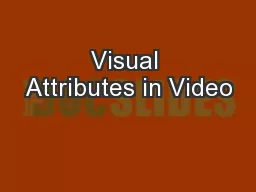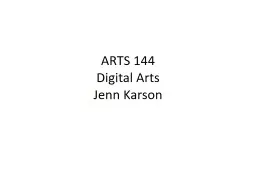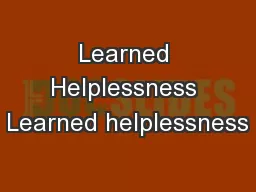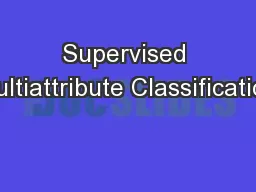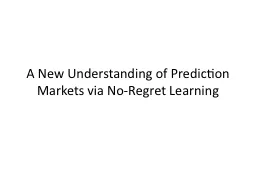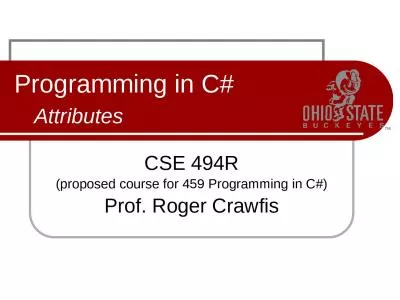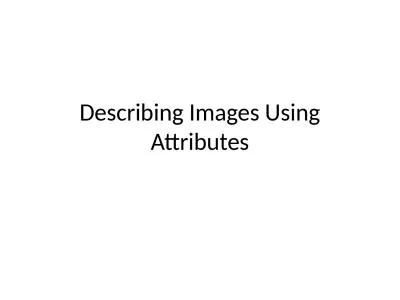PPT-Affordance Prediction via Learned Object Attributes
Author : liane-varnes | Published Date : 2016-02-23
Tucker Hermans James M Rehg Aaron Bobick Computational Perception Lab School of Interactive Computing Georgia Institute of Technology Motivation Determine applicable
Presentation Embed Code
Download Presentation
Download Presentation The PPT/PDF document "Affordance Prediction via Learned Object..." is the property of its rightful owner. Permission is granted to download and print the materials on this website for personal, non-commercial use only, and to display it on your personal computer provided you do not modify the materials and that you retain all copyright notices contained in the materials. By downloading content from our website, you accept the terms of this agreement.
Affordance Prediction via Learned Object Attributes: Transcript
Download Rules Of Document
"Affordance Prediction via Learned Object Attributes"The content belongs to its owner. You may download and print it for personal use, without modification, and keep all copyright notices. By downloading, you agree to these terms.
Related Documents


